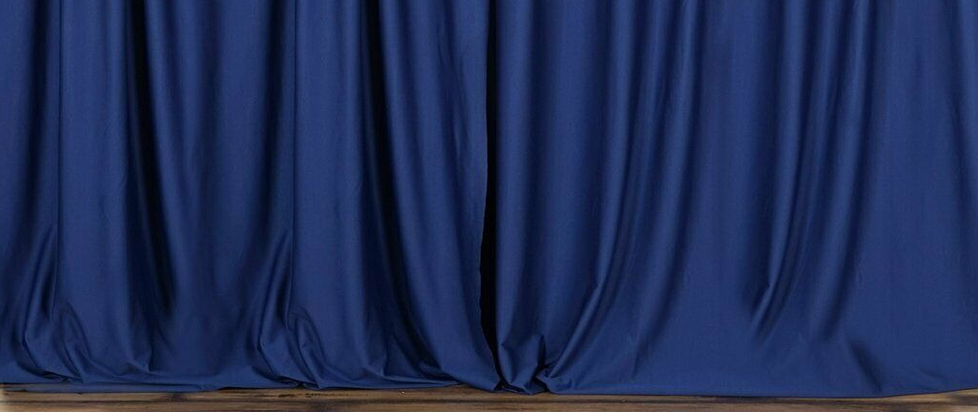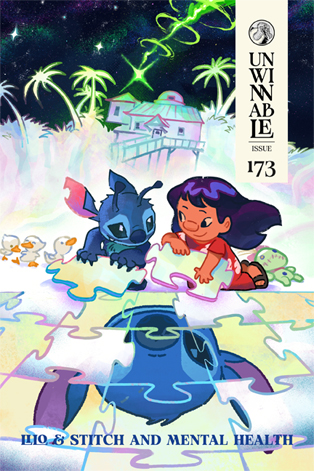
Some Questions I Personally Find Interesting About Paint

This column is a reprint from Unwinnable Monthly #173. If you like what you see, grab the magazine for less than ten dollars, or subscribe and get all future magazines for half price.
———
What does digital grass feel like?
———
Is Cloud Strife guided by the hand of God?
I’m playing a game of Dungeon World right now as a cleric, and clerics get two guidance spells right off the bat, with the opportunity to acquire more as they level up. My cleric is also (perhaps unsurprisingly) a very devout person, so I cast these spells a lot. And when I’m not playing, I think, constantly, about what it would be like to be able to ask God exactly what it is they want you to be doing at any given moment.
Cloud Strife might be a cleric.
Yes, sorry, I’m talking about the yellow paint. But I’m going to do my best not to be drawn into the discourse here. (Okay, quickly, my take: Twitter is a dying platform subsisting, vampire-like, on baiting people into having conversations no one enjoys or finds any value in.) What I want is to take the yellow paint seriously; approach it critically.
As critics, we broadly ignore these oddities of game design, bracketing them out away from our curiosity about the rest of the game. They’ve been weaponized by a certain contingent of gamers who like to talk about “lazy” developers, and in our defense of them as a tool we leave no room to acknowledge them as a part of the game itself. At most, we might talk about why they’re necessary as games strive for hyperrealism that makes their worlds less readable for actually playing in – but here I am approaching the discourse again.
The point is, is Cloud Strife guided by the hand of his creator to know which walls are climbable? I haven’t played FF7 Rebirth, so I have to work in the pre-critique here, asking questions I would like somebody else to answer. But Final Fantasy 7 is a game where verticality is a major expression of theme. The original had an extremely famous staircase climbing sequence showcasing the vast space between Midgar’s upper and lower classes. It means something that Cloud can climb some vertical surfaces easily in the new version.

Perhaps everyone can see this paint? Presumably Cloud’s party members can also climb this wall. Do other people do the same when Cloud isn’t around? Is it a major throughway? I think that Rebirth begins in a post-Midgar section of the game – could this be a symbol that outside of the deliberate oppression that defines the city, mobility – literally physical and metaphorically social – is easier?
Perhaps not. Not all artifacts of artistic creation are diegetic. We might instead choose to treat the yellow paint the way we treat a shaky cam or water on the camera. The film director uses these not because they are within the story but because they are a connection between the story and the viewer. They tell us something about the medium itself, not the narrative within it. Lens flare, for example, became a symbol for authenticity in film in the 1960s, selling the idea that the camera was capturing something real. In the world of CG, it stuck as a method of persuading audiences that what they were seeing was really filmed rather than created afterwards.
If yellow paint is one of videogames’ equivalent tools, what is it saying? Is it highlighting Final Fantasy 7’s arrival as a 2024 AAA video game, where the yellow paint is essentially a genre convention? The remake is a deliberate answer to the 1997 release, and showcasing the essentially different medium it finds itself in is a worthy part of expressing that. How would this tie into whatever Rebirth does as metacommentary on FF7’s original narrative?
Or maybe the existence of the yellow paint actually undermines FF7’s take on verticality as class commentary. How do we square that with its value as an accessibility tool? (Going a bit beyond pure criticism, do we think there was a more elegant solution that could address both concerns? What factors in AAA development might have prevented this from happening?) Perhaps it would have been a more coherent game if Cloud and party couldn’t get off the ground – or perhaps that would have undermined some of the hope.

As I said, I don’t have answers to any of these questions, because I haven’t played Final Fantasy 7, Final Fantasy 7 Remake, or Final Fantasy 7 Rebirth. But I am a critic, and more importantly, I enjoy criticism. Final Fantasy 7 is one of our most discussed games for a good reason, and the remakes are clearly doing something fascinating with that legacy. I want to hear other people dig into what that is, even if I don’t want to play any of these games myself. And while no critical evaluation of a piece of art will be able to touch on every single part of a game, immediately excising something just because it’s a quirk of game design makes our potential criticism less rich.
After writing most of this piece in the pre-review period, I now know that FF7 Rebirth is generally considered to be very good, but that some critics found it a victim of open world bloat. But when we talk about that bloat, which occurs in so many modern AAA games, we usually talk about its effect on pacing, and on how it gets in the way of what we actually want to do. That’s not a criticism of any of these reviews, which talk lucidly and valuably about the experience of playing. (And, given the 250+ comments on that Polygon review I linked earlier, bravely.)
But I’m increasingly feeling like I could spend years exploring what that bloat does thematically. New questions stand out to me now that I’ve read reviews. In a game stuffed full of minigames, why not make climbing one of them? This reroutes me back to asking what it means that climbing, in a world structured on vertical hierarchy, is so easy for Cloud.
People have been talking about that famous Tumblr post again recently: the curtains were fucking blue. Of course, the curtains aren’t just blue. We push against this instinctively, knowing the value of symbolism. We use it in our arguments for media literacy and against AI generation. If a bait tweet posted a screenshot of a film and said that the blue curtains were overdone and distracting, we would respond en masse with interpretations of their meaning, not explanations for their creation.
Well, are the climbable points just fucking yellow?
———
Jay Castello is a freelance writer covering games and internet culture. If they’re not down a research rabbit hole you’ll probably find them taking bad photographs in the woods.




